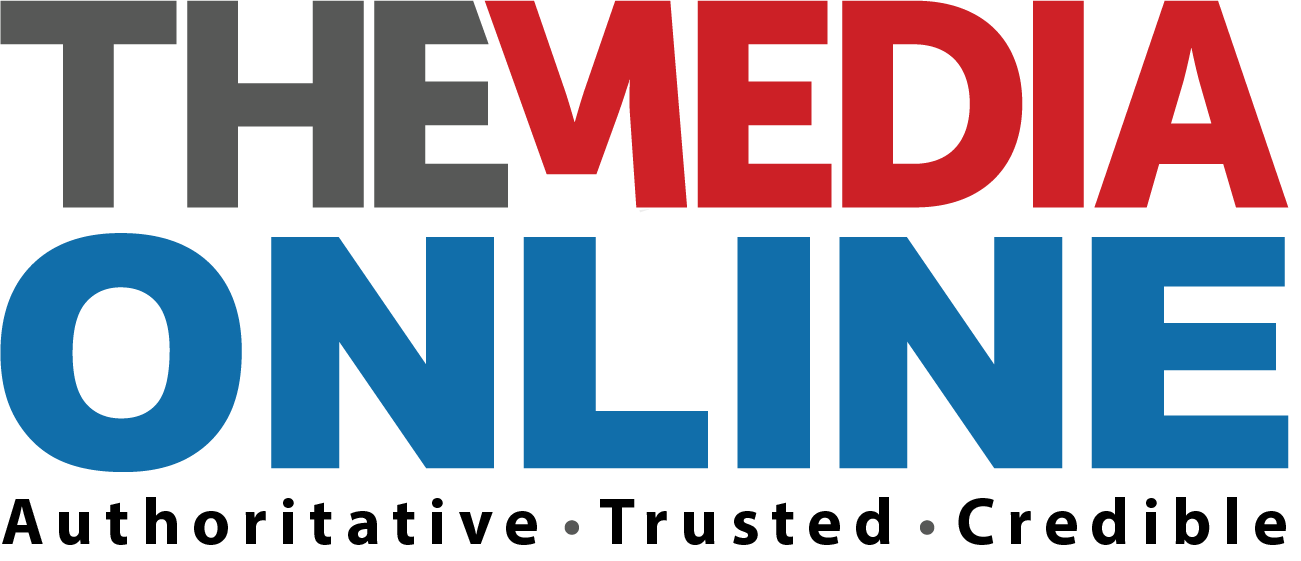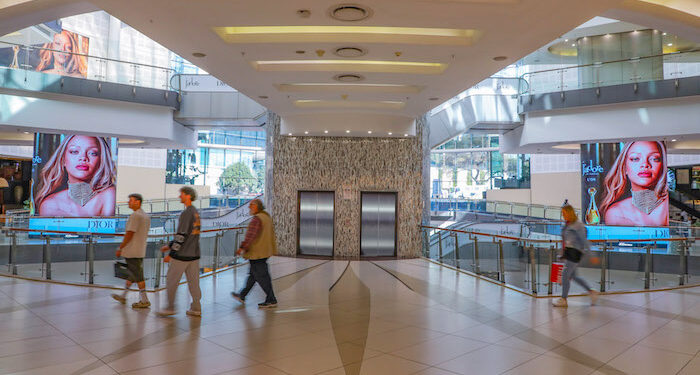The out-of-home (OOH) advertising sector in South Africa has experienced growth in the expansion of digital screens across various environments.
This digitisation is reshaping the market by making the medium more accessible, especially for SMEs and brands. The lower cost of entry for digital out-of-home (DOOH) formats has opened opportunities for a broader range of advertisers to participate.
In parallel, the integration of data into campaign planning is improving the trust and accountability in OOH media buying and creative deployment. Advertisers are leveraging audience insights to make more informed decisions, resulting in better-targeted and more effective campaigns.
The increasing demand for credible data and performance accountability has also contributed to a rise in membership of the Outdoor Measurement Council (OMC), which manages the industry’s audience currency and plays a vital role in standardising measurement across the sector.
Regulatory risks
While the industry has made progress, long-standing challenges – including bylaw compliance, consistency, relevance and enforcement – remain. With each municipality applying different rules, the growth of new billboard installations has exploded, impacting the sector in multiple ways.
The rise in unapproved or non-compliant classic and digital billboards presents both regulatory and commercial risks. Many local authorities lack the resources or legal support to enforce compliance, allowing these structures to persist.
This undermines legitimate media owners, reduces municipal tax revenue, and creates an uneven playing field, which erodes industry trust and discourages long-term investment.
At the same time, the industry has made substantial advances in using data to plan and measure campaigns.
However, to meet advertisers’ evolving needs, more investment is needed in areas like real-time data access and campaign performance tracking to remain competitive in today’s media environment.
Need for deeper collaboration
There is a growing need for deeper collaboration between media owners, creative teams and media agencies. As client expectations evolve, there is increased demand for data-driven planning, customised creative builds, campaign accountability, and measurable outcomes.
Effective OOH campaigns, particularly those involving custom executions or DOOH elements, require early-stage planning and coordination. Creative excellence in OOH is not accidental—it relies on understanding the medium’s unique strengths, such as scale, location context, and high-impact formats.
Agencies that work closely with reputable media owners can unlock more value, leading to improved results and stronger client outcomes.
Considerations for growth (vs threats)
To secure a larger share of the media mix, several strategic areas need to be addressed. These include:
- Improved collaboration among media owners to address industry challenges, while continuing to invest in data insight, aligning with evolving clients’ needs
- More transparent spend reporting by media owners to inform investment decisions
- Continued funding and support for an industry-wide audience measurement currency across all formats and environments
- Ongoing education for creative agencies to improve design effectiveness in the OOH space
- For OOH media to demonstrate the immense value it delivers, more education and work are required around the use and application of data, and specifically, audience-centric planning
- Accelerated adoption and understanding of emerging technologies such as AI, programmatic buying, audience verification and dynamic creative optimisation
OOH advertising remains a highly effective channel when executed correctly. The challenge now lies in aligning efforts across stakeholders to demonstrate its value more consistently to brands and marketers.
Howard Lonstein is a trade marketing specialist at JCDecaux South Africa.














